Imagine a world where your canine companion behaves impeccably, responding to every command seamlessly.
This is not a distant dream, but an achievable reality.
Every dog owner should know the necessity of teaching their pup key commands—far from just luxury, it’s essential for safety and peace of mind.
With a little dedication, not only can you transform your pup’s behavior, but you can also deepen the bond you share, paving the way for lifelong companionship and mutual understanding.
Let’s discover how to unlock this potential together.
Command “Sit”
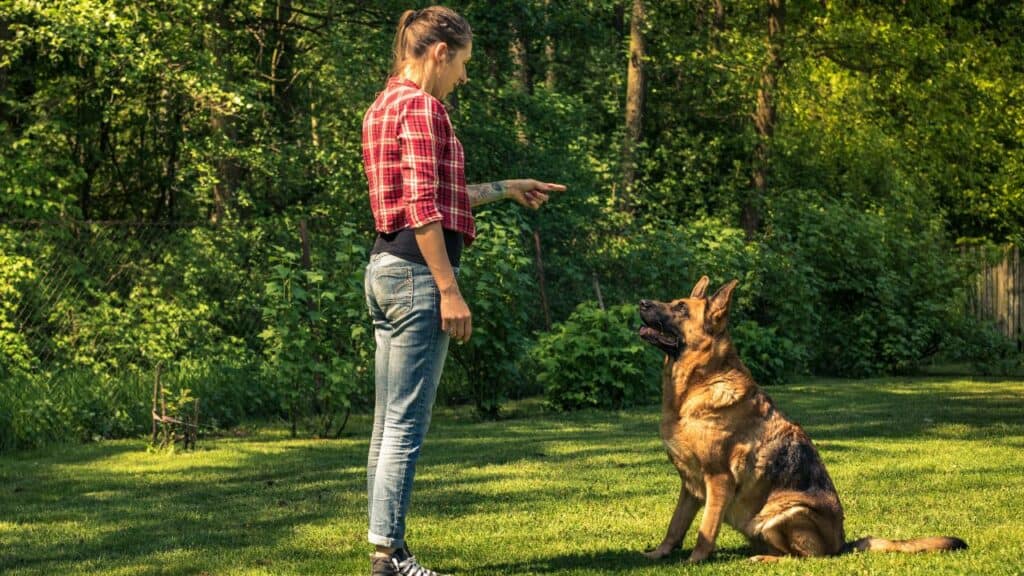
Teaching your dog to sit on command is one of the most basic yet essential commands you can teach them.
It serves as a fundamental building block for obedience training and provides a reliable way to manage their behavior.
The sit command is particularly useful in situations where you want your dog to remain calm and composed, such as when greeting guests or crossing the road.
By mastering this command, your dog learns to control their impulses and develops self-discipline.
To teach your dog to sit, start with a treat in your hand, close to their nose.
Gradually move the treat upwards and slightly backward, so your dog’s nose follows it.
As their head moves up, their hindquarters will naturally lower to the ground.
Once they are in a sitting position, say “Sit” and reward them with the treat and praise.
Practice this command regularly, gradually reducing the reliance on treats until they respond reliably to the verbal command alone.
Command “Stay”
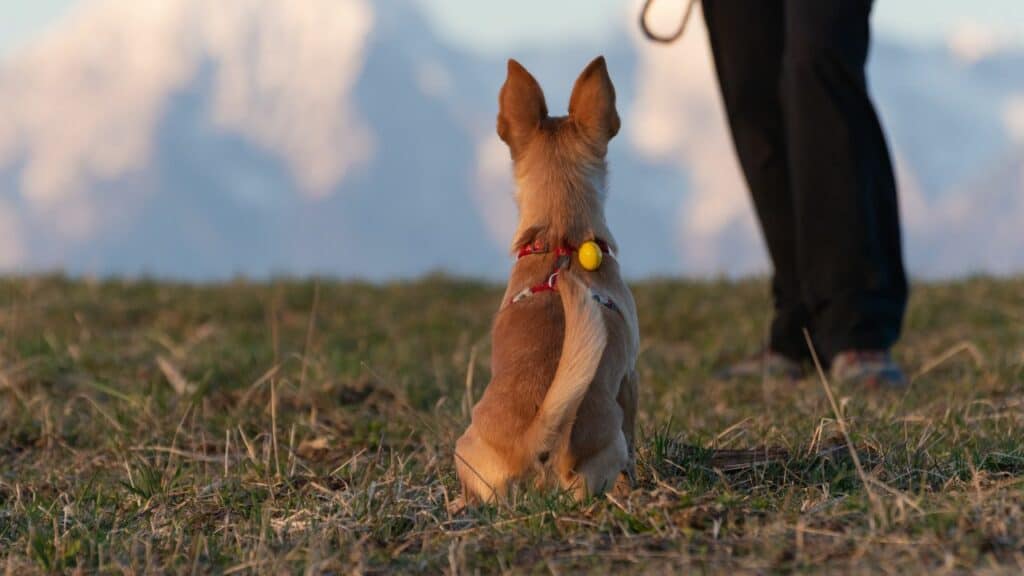
The command “stay” is an essential safety command that every dog should learn.
It teaches your dog to remain in one place until you give them permission to move.
Teaching your dog to stay is crucial for their well-being, preventing them from running into dangerous situations or approaching unfamiliar dogs or people without permission.
Moreover, the stay command helps develop impulse control and patience in your dog.
Begin by asking your dog to sit.
With an open palm facing towards them, say “Stay” in a calm and firm voice while taking a step back.
If your dog maintains the sitting position without moving, praise them and offer a treat as a reward.
Gradually increase the duration and distance of the stay, reinforcing the command with rewards and praise.
It is important to release your dog from the stay position with a cue like “Okay” or “Free” to avoid confusion.
Command “Come”

The recall command, or “come,” is a vital command that ensures your dog returns to your side promptly.
It is particularly crucial in potentially risky situations, such as when your dog is off-leash in a public area or approaching a hazard.
Teaching your dog to come when called can prevent accidents and ensure their safety.
To start training the recall command, use a long leash or practice in a secure, enclosed area.
Begin by calling your dog’s name followed by the command “come” in an enthusiastic and positive tone.
Encourage them to come towards you by patting your legs, using treats, or offering a favorite toy.
When your dog reaches you, reward them generously with treats and praise.
It is important to make coming to you a rewarding experience for your dog, so they associate it with positive outcomes.
Practice the recall command regularly, gradually increasing the level of distractions and reinforcing positive responses.
Command “Down”
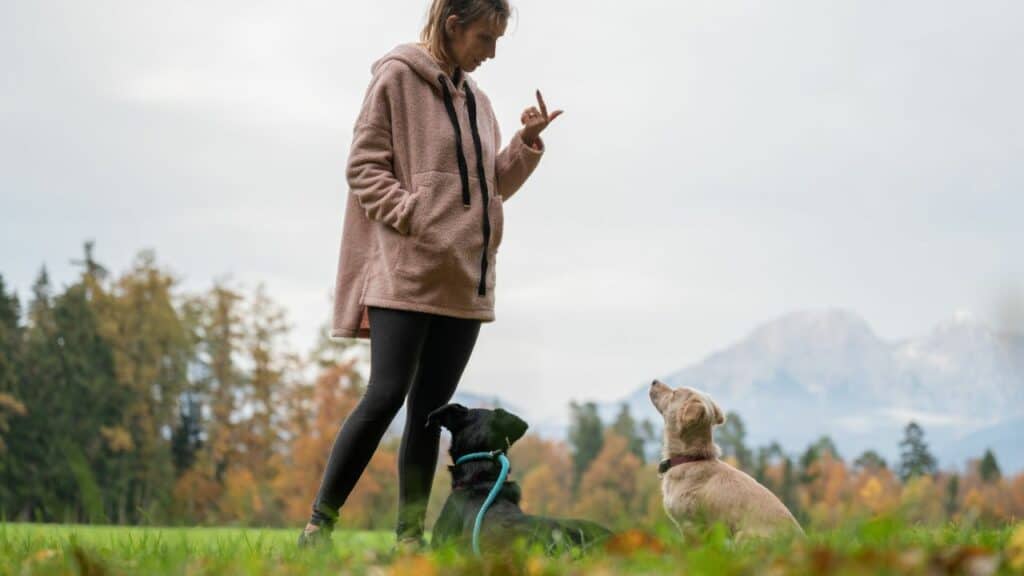
Teaching your dog to lie down on command is beneficial for various reasons.
Not only does it promote relaxation and provide them with a calm space, but it also helps to reduce their energy levels.
The “down” command is particularly useful when you want your dog to settle down and relax, such as during family gatherings, visits to the veterinarian, or when you need them to be calm and quiet.
To teach your dog to lie down, start with them in a sitting position.
Hold a treat near their nose and slowly lower it to the ground, leading them into the lying position.
Once they are down, say “down” and reward them with the treat and praise.
Practice this command regularly, gradually reducing the need for a treat until they respond reliably to the verbal command alone.
Command “Leave it”
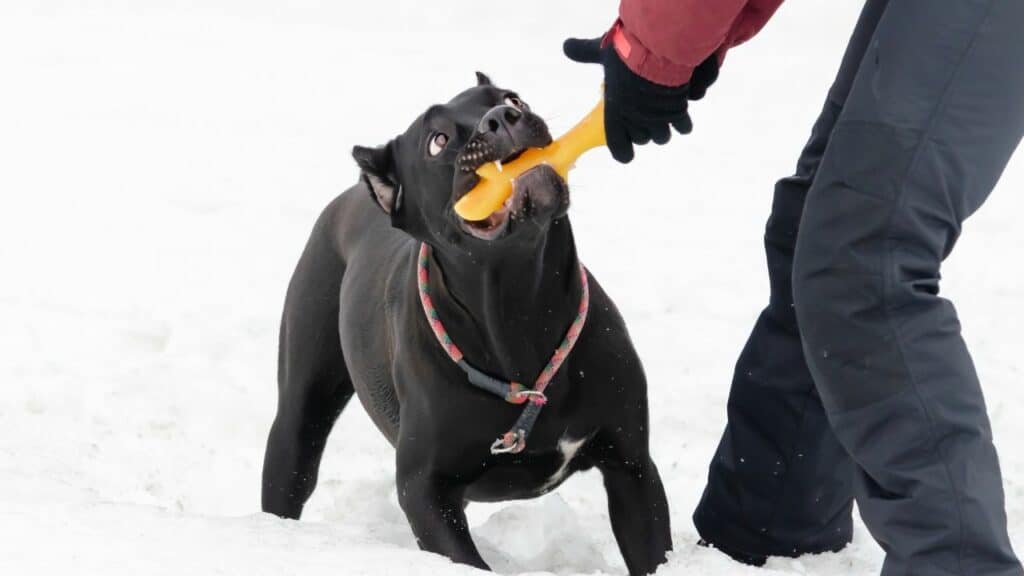
The “leave it” command is essential for teaching your dog not to pick up or touch certain items that could be harmful or inappropriate.
It helps prevent accidents, protects them from ingesting dangerous substances, and discourages behaviors such as scavenging or chewing on things they shouldn’t.
To teach your dog to leave it, start with a treat in your closed fist.
Present your closed fist to your dog, and when they show interest or try to sniff or paw at it, say “leave it” and close your hand.
Wait for a moment of disinterest or them backing away, then reward them with a different treat from your other hand and praise.
Repeat this exercise, gradually increasing the difficulty by using more enticing items and practicing in different environments.
Command “Drop it”
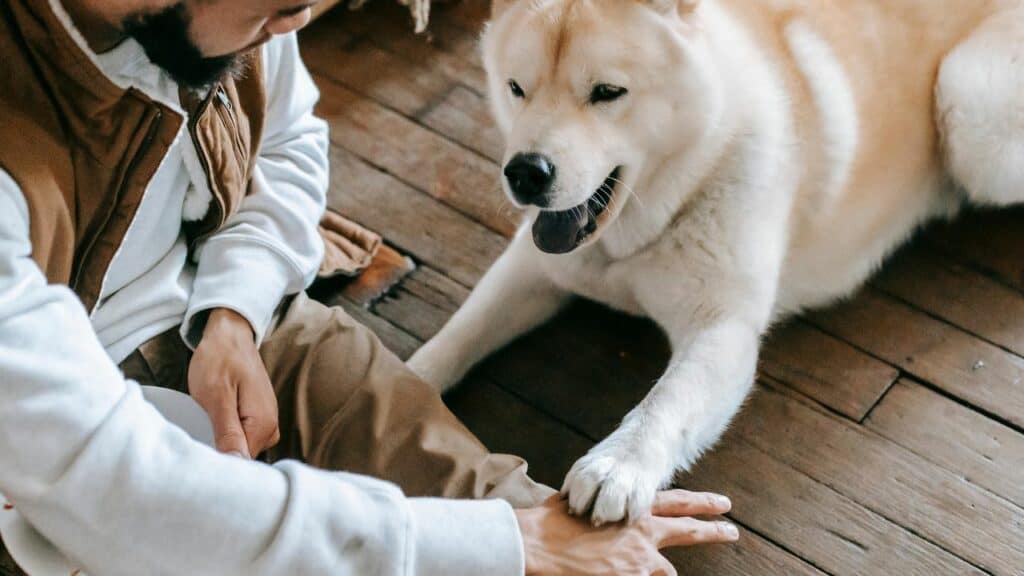
Similar to the “leave it” command, the “drop it” command is useful when your dog has already picked up an item that they shouldn’t have in their mouth.
Whether it’s a chewed-up shoe or a potentially dangerous object, teaching your dog to release items on command is crucial for their safety.
Start by offering your dog a toy or object that they enjoy playing with.
As they hold it in their mouth, show them a high-value treat and say “drop it.”
When they release the item, immediately reward them with the treat and praise.
It’s important not to chase or forcefully remove the item from their mouth, as this may create negative associations.
Instead, make it a positive experience for them to voluntarily release objects.
Command “Heel”
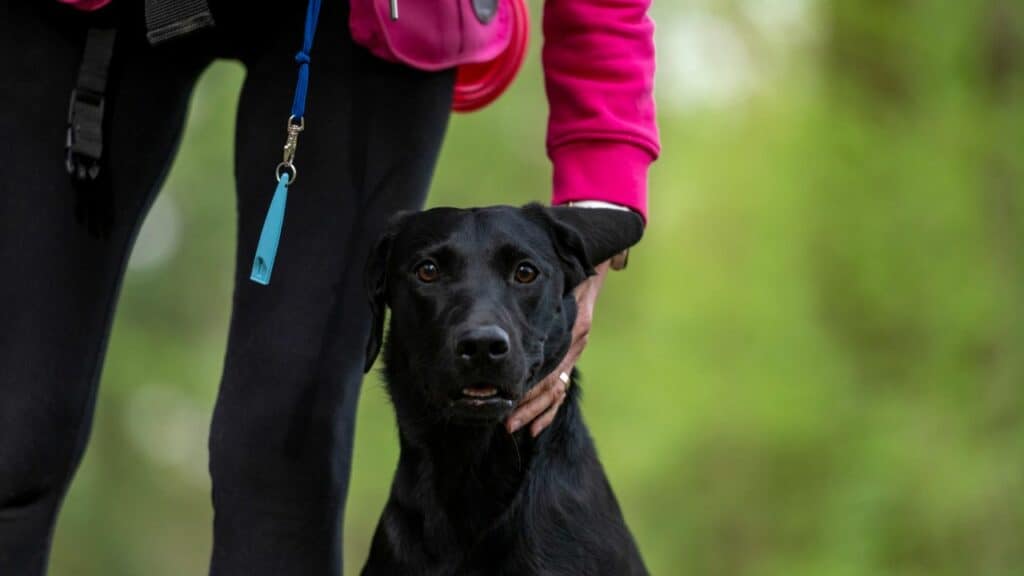
The “heel” command teaches your dog to walk calmly beside you without pulling on the leash.
This command is essential for controlled walks, public outings, or any situation where you need your dog to stay close to your side.
To teach your dog to heel, start with them on a leash and stand beside them.
Hold a treat in your hand, close to your leg, and say “heel” as you begin walking forward.
Encourage your dog to walk alongside you by using verbal cues, praise, and treats.
If they start to pull or stray away, gently guide them back to your side and reward them when they comply.
Consistency and repetition are key to mastering this command, so practice in different environments and gradually increase the duration of walking without pulling.
Command “Wait”
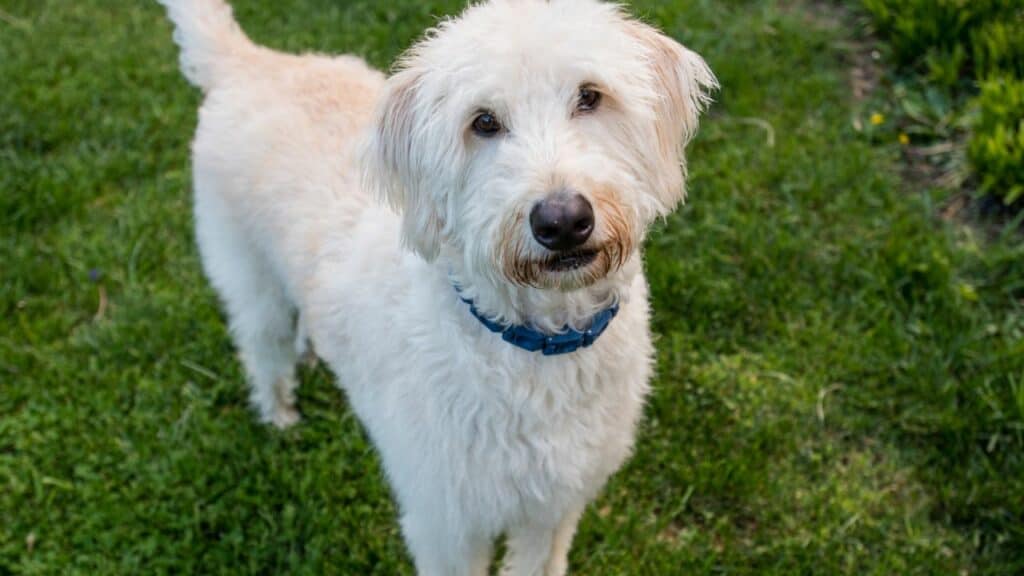
The “wait” command is helpful in various situations and ensures that your dog stays in one place until given permission to proceed.
Whether you’re crossing the road, entering or exiting a door, or getting into a car, teaching your dog to wait can prevent accidents and keep them safe.
Begin by asking your dog to sit or stay.
Use a hand signal or verbal cue, such as “wait” or “stay,” and take a step back.
If your dog remains in place without moving, praise them and offer a reward.
Gradually increase the distance and duration of the wait, reinforcing the command with treats and praise.
Practice this command regularly to reinforce your dog’s impulse control and patience.
Command “Off”
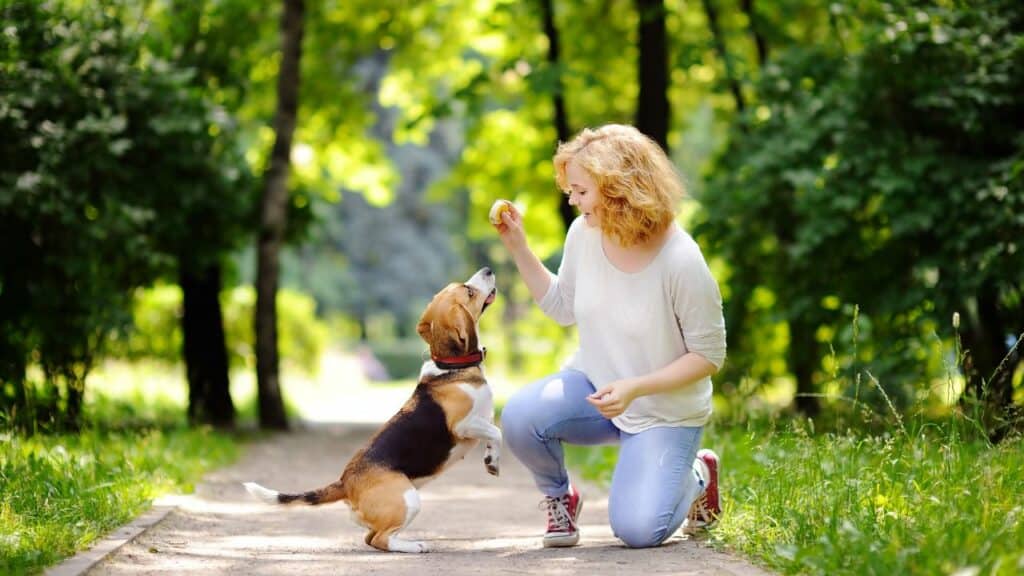
The “off” command is useful for discouraging your dog from jumping on people, furniture, or countertops.
It establishes boundaries and promotes polite behavior.
When your dog attempts to jump, calmly and firmly say “off” and turn away from them.
By withdrawing your attention, you are communicating that jumping is not a desired behavior.
If your dog complies by keeping all four paws on the ground, reward them with attention and praise.
If they continue to jump, withhold attention until they settle down.
Consistency is key, so reinforce the “off” command in various situations and with different people to ensure your dog understands the expected behavior.
Command “Speak/Quiet”
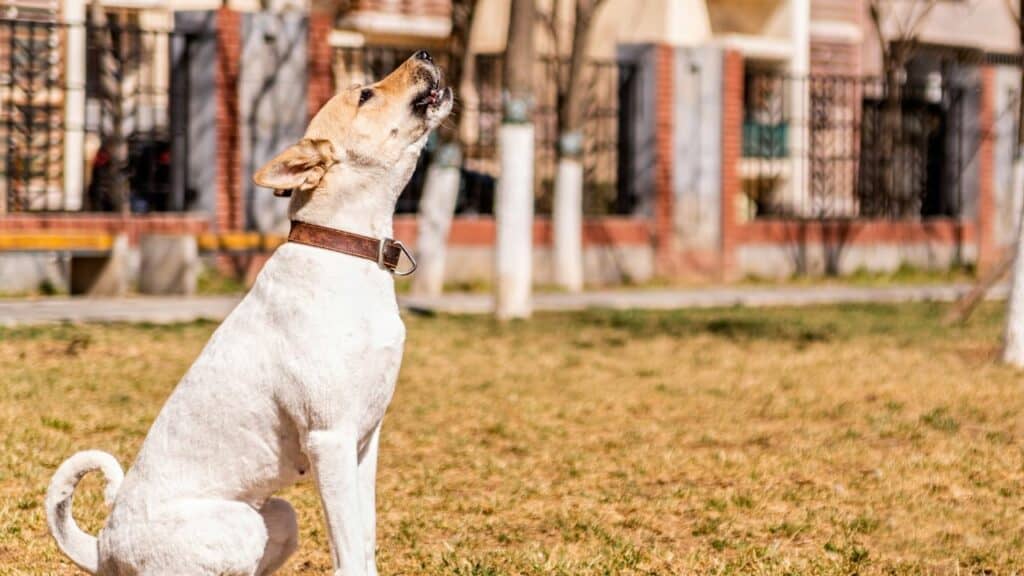
Teaching your dog to bark on command (“speak”) and then stop barking (“quiet”) can be beneficial for communication and controlling excessive barking.
The “speak” command allows you to have your dog bark when necessary, such as to alert you of something unusual or on command during training exercises.
The “quiet” command teaches your dog to stop barking when it’s no longer necessary.
To teach the “speak” command, wait for your dog to bark naturally, then say “speak” and reward them.
Repeat this process, gradually introducing the command before they bark.
For the “quiet” command, wait for your dog to stop barking on their own, then say “quiet” and reward them.
Consistency and repetition will help your dog understand the desired behavior and respond accordingly.
Remember, training your dog requires patience, consistency, and positive reinforcement.
Use treats, verbal praise, and affection to reward their good behavior and make training sessions enjoyable for both of you.
Keep the training sessions short and engaging, so your dog remains focused and motivated.
Additionally, be mindful of your dog’s individual personality, learning style, and physical abilities when teaching these commands.
With time, effort, and a positive approach, you can successfully teach your pup these essential commands, fostering a well-behaved and obedient canine companion.
Before You Go…
If you want to learn more, watch the following video.


